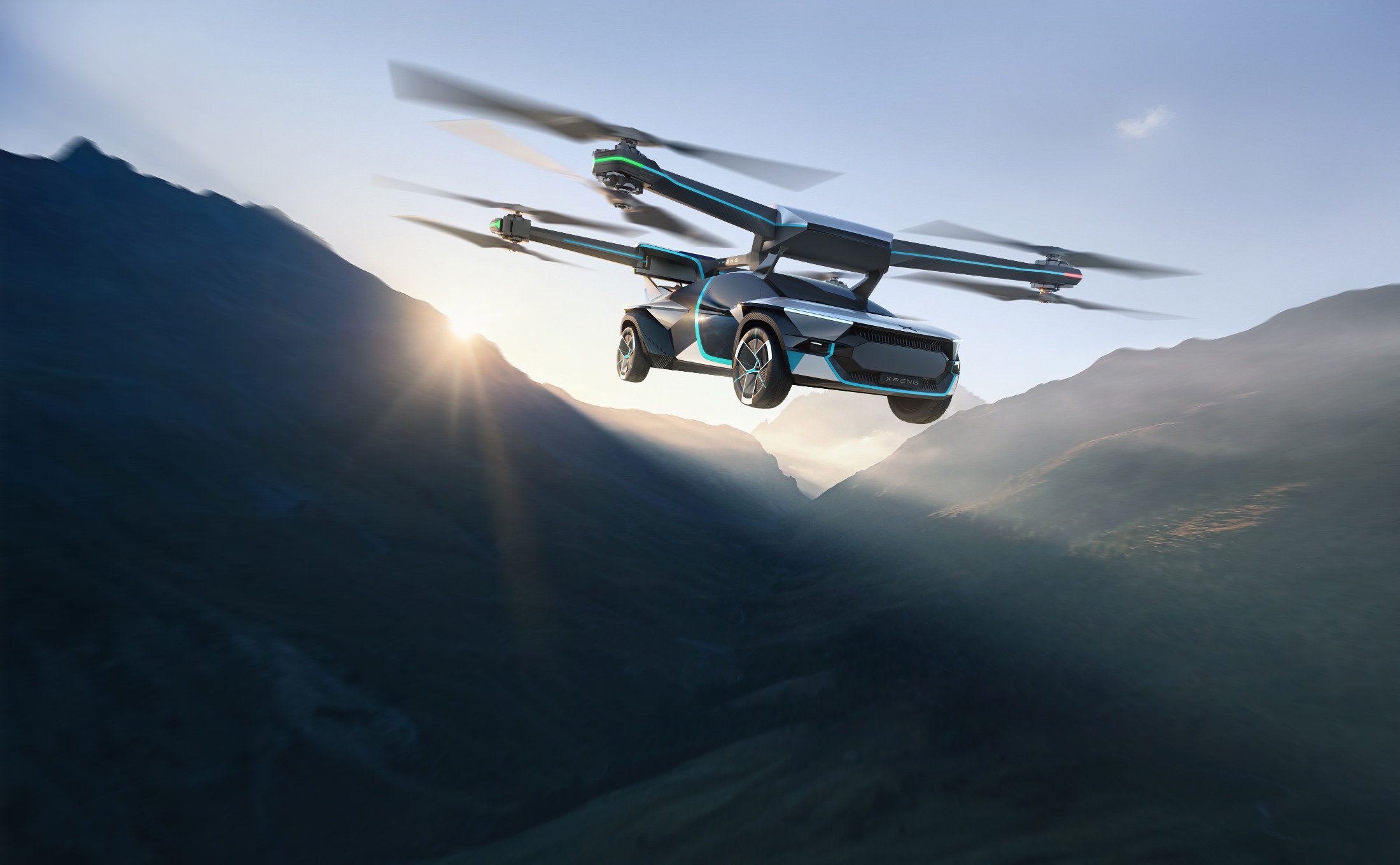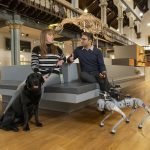
XPENG is preparing to launch its own robotaxi fleet, the world’s first fully-electric flying car, and an AI-powered robot.
The luxury vehicle maker said that its latest G9 SUV became China’s first mass-produced commercial vehicle to pass the government-led Autonomous Driving Closed-field Test. The G9 will be used for XPENG’s robotaxi fleet.
“Obtaining the road test permit by our mass-produced commercial vehicles – with no retrofit – is a major achievement,” said Dr Wu on XPENG’s fourth annual Tech Day this week.
“Our platform-based robotaxi development aims to generate significant cost benefits, and ensure product quality, safety, and user experience.”
The G9 uses XNGP, an advanced driver assistance platform developed by XPENG that supports driving scenarios from highways to complex urban roads.
XNGP is supported by significant hardware upgrades, including 508 TOPS of computing power, a dual-LiDAR system, 8-megapixel HD cameras, and a new software architecture called XNet that is backed by a closed-loop, self-evolving AI and data system.
XNet is XPENG’s next-generation software architecture. XPENG claims that XNet uses a neural network to supersede manual processing logic and deliver “a self-evolving data-driven algorithm”.
Developed by XPENG AEROHT, the company also unveiled the latest version of its vertical take-off and landing (eVToL) flying car.
The latest version of the flying car uses a distributed multi-rotor configuration and reduced system design complexity to further enhance flight safety and reliability. XPENG says that it’s successfully completed its maiden flight as well as multiple single-motor failure tests.
In “driving mode,” the vehicle claims to be comparable to any conventional car. When in “flight mode,” the steering wheel and the gear lever is used to move forward and backward, make turns, ascend, descend, and hover.
Finally, XPENG is leveraging its AI capabilities to enhance robotics.
The company’s latest robot prototype features a more sophisticated mechanical structure with higher transmission efficiency, a stronger robot actuator, a high-end auto-grade computing platform, and a battery and thermal management system.
The robot’s motion control system has also been significantly upgraded to better adapt to complex indoor and outdoor terrain conditions such as stairs, steep slopes, and gravel roads.
“Our strong technological R&D capabilities allow us to fulfil customer needs with innovations,” said He Xiaopeng, Chairman & CEO of XPENG. “Driven by our vision of ‘tech for the greater good’ and customers’ evolving demands, we continue to reach technical breakthroughs and set new industry benchmarks.
“Our staunch IP also provides significant barriers to entry, propelling our considerable head start. Each component we originate for our mobility ecosystem strengthens our proprietary platform and competitive advantage while providing a springboard for our significant future growth.”
(Image Credit: XPENG)

Want to learn about the IoT from industry leaders? Check out IoT Tech Expo taking place in Amsterdam, California, and London.
Explore other upcoming enterprise technology events and webinars powered by TechForge here.






